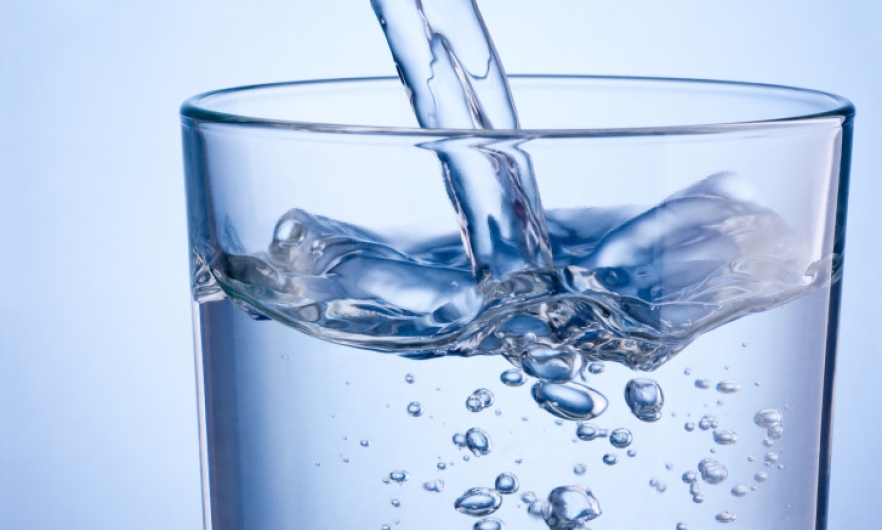EHE Faculty Design New Approach to Ensure Safe Drinking Water

Most Americans take safe, clean drinking water for granted, not realizing that what's flowing from their faucets likely contains myriad potentially harmful chemicals. A recent study by the non-profit Environmental Working Group revealed that most of us regularly consume water polluted by chemical compounds that could cause a host of health problems, including cancer. Current regulations focus on only a small fraction of individual chemicals, leaving consumers unprotected, says Carsten Prasse, a water expert at Johns Hopkins University.
"The sad truth is that our approaches to protecting drinking water supplies just cannot keep pace with the ever-expanding mixture of chemicals that humans emit into the environment or that are an unintentional byproducts of water purification methods," says Prasse, an assistant professor of environmental health and engineering at the Whiting School of Engineering and the Bloomberg School of Public Health. "To safeguard drinking water, we need to move beyond looking at contaminants piecemeal and, instead, focus on the chemical mixtures that are circulating and interacting with each other and leaving consumers at risk."
In a perspective piece published Aug. 30 in Nature Sustainability, Prasse and colleague Paul Ferraro propose a new approach to assessing and ensuring pure, healthy drinking water. Their MiAMI (Mixture, Assay, Measure, Innovate) approach leverages advances in bioassays, measurement of complex chemical mixtures, and artificial intelligence to identify previously unknown chemical mixtures, enabling the creation of engineering and policy approaches that ensure that water from individual drinking water systems is safe. The duo patterned the approach on precision health for humans.
"The sad truth is that our approaches to protecting drinking water supplies just cannot keep pace with the ever-expanding mixture of chemicals that humans emit into the environment or that are an unintentional byproducts of water purification methods."
Carsten Prasse, Assistant professor, Department of Environmental Health and Engineering
"Precision or individualized health leverages all available information about a patient to come up with a very tailored and customized way to treat each patient holistically, rather than treating the patient as a set of separate diseases, each distinct from the other. We see MiAMI as an analogous approach, looking comprehensively at each individual water system in question and treating it as such," says Ferraro, a Bloomberg Distinguished Professor with appointments in the Department of Environmental Health and Engineering and the Carey Business School. "Precision health recognizes that very heterogeneous factors play into an individual patient's health, and MiAMI recognizes that the same is true in drinking water systems: the pieces contribute to the whole."
One factor that makes MiAMI radically different from approaches used now is its focus on mixtures and its goal of assessing the cumulative toxicity of the mixtures of chemicals found there, the researchers contend.
"The focus on mixtures is key, because focusing on single chemicals sometimes encourages substitutions that are no less toxic and may also raise the economic costs of water treatment," Prasse says. "Just as important is the fact that focusing on mixtures acknowledges the formation of potentially toxic chemicals that sometimes happens during the water treatment process. Once a mixture is identified as a health risk, MiAMI provides a roadmap for reducing that risk."
Engineering solutions could include removing contaminants from source water; finding ways to minimize toxic byproducts formed during drinking water treatment; removing contaminants at the source through chemical design; laws that ban production or use of contaminants; and market mechanisms that make it more expensive to produce or use certain contaminants or classes of contaminants or emit them into the environment, the researchers say.
"The building blocks for our approach already exist, but making it a reality will require partnerships between the government and scientists, and integration across disciplines including chemistry, biology, computer science, statistics, law, and economics," Prasse says. "Those diverse partnerships will be critical to making our radically different approach to keeping drinking water safe a reality."
